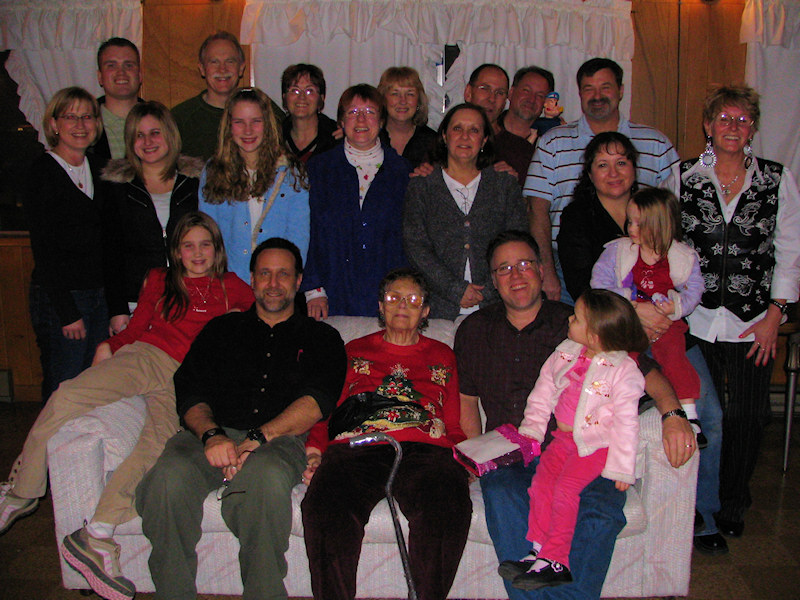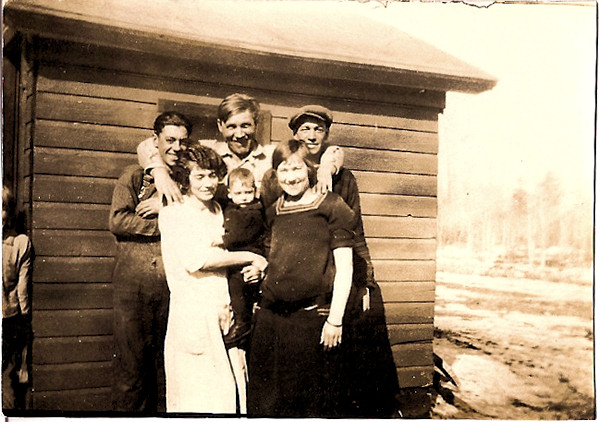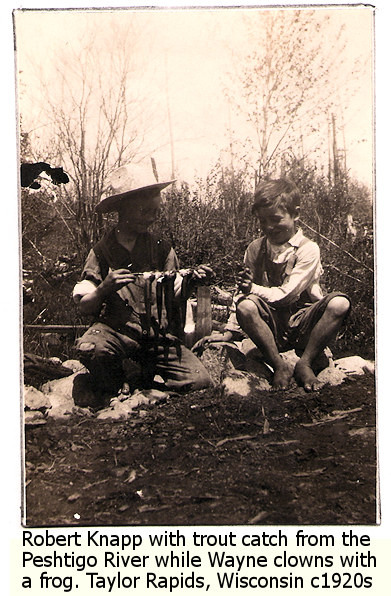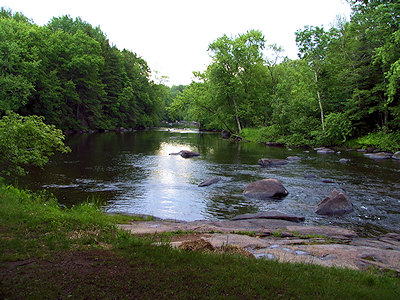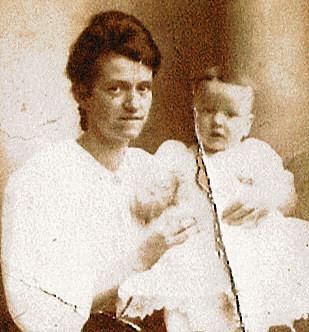MemoryArchive is an interesting wiki, a form of Wikipedia for memories.
Calling itself “the encyclopedia of memories”, it currently features over 600 memoirs about a variety of events, people, places, things, years, recovery, life in general.
There are memoirs and stories about a wide range of topics from recent history to a history long past. As a wiki, anyone can contribute as long as they follow the guidelines for submitting a memoir.
For me, the MemoryArchive gave me the chance to examine events from my more recent ancestor’s past. Carter Jefferson’s story of the streetcars of the 1930s caught my attention. The family I know of from that time period lived far out in the country where travel by horse and wagon was still more common than the occasional car. Longer distances were covered with trains, and occasionally those trains took them into larger towns where there were streetcars.
Still, Jefferson’s words range true to my family’s history when he described:
Thanks to the automobile manufacturers, few residents of the United States today know that before World War II most people traveled all over their cities comfortably without polluting much of anything. The vast majority of them didn’t even own automobiles. We walked a little more, but nobody could have imagined the kind of traffic snarls that exist today. When we wanted to go somewhere that was too far to walk, we “took the streetcar.” Are we better off now?
Back in the 1930s, there were no suburbs, in the modern sense of the word, in small cities; there were what we called “residential areas,” which usually meant a few blocks of houses with only a small grocery store and a pharmacy in the neighborhood.
He goes on to talk of taking a streetcar to see a movie, making the event even more special. In the Knapp Family Journal 1916-1924: Chronological Version, Emma Knapp writes of her extended stay in Green Bay, Wisconsin, with her sister, Myrtle Primley, and other friends and family. She describes their walks to the “show” very simply, but you can feel the importance of these adventures as the rest of the journal is clearly more humble, living out in the wilderness surrounded by logging camps in Northern Wisconsin. While it doesn’t mention streetcars, Jefferson’s story of his lifestyle in the “big city” of Dallas, Texas, gives me a glimpse of what Emma’s adventures in Green Bay must have been like, with the excitement of the city, buildings, traffic, and “modern” transportation.
World War II played very important roles in my family’s lives, impacting their lifestyle, jobs, and life choices. World War Two in 1940 by George Kotsonis helped me better understand what it was like as a child when the war began, filled with a lot of unknowns and mysteries that would later become common knowledge and language, the language of war.
Very early in the morning on October 28, 1940, I was woke up by an unusual commotion in my house. My father and my mother had a very animated discussion or maybe an argument. I was then three and one half years old and I could not quite follow their discussion, but every so often I picked up the words “war†and “general mobilizationâ€. I started crying mainly because I got scared and I wanted to attract their attention. October 28th of 1940 was the faithful day when Mussolini invaded Greece as a first step to re-establish the ancient Roman Empire, and Greece entered the Second World War.
At first I had no idea what “general mobilization†meant, but the next few days I got a pretty good idea of the meaning when I saw train after train moving out of the railway station full of men and soldiers. Then I noticed a lot of my relatives, family friends, neighbors were gone and my home town became a ghost town. The Greek flags were flying all over the town, and the public radio stations were blasting military march music; that gave me the idea that “war†was an occasion to celebrate. I didn’t realize then, that faithful day of October 28th was the beginning of an eight year war that brought upon us untold sufferings and total destruction of my country in material, social, and moral terms. The first four years I lived under a brutal German occupation, followed by an even more brutal civil war between the communists and the nationalists.
The Germans did a pretty good job in introducing me to fear, terror, hunger, and untold atrocities. They degraded human beings to lower level than animals. The civil war was the same maybe even worse, because Greeks were killing Greeks, brother against brother.
October 28th marked the loss of my childhood: at three and one half years old I lost my child’s innocence and began an abnormal and premature maturity. The learning environment was grossly distorted by the atrocious and immoral behavior of the “Germanic Superior Race†and made it very difficult or rather impossible for me to be able to distinguish right from wrong and in general moral values. Total confusion and insecurity gave way to the instinct of self preservation.
…In their opening act in the Greek drama the Germans gathered and stole all foodstuffs they could find in Greece to feed the German army. This act created the famous famine of 1941 that spread out all over Greece and especially in the urban areas. Thousands died of starvation especially in Athens where the garbage cars in some cases were picking up dead bodies from the streets. When I complained to my mother that I was hungry, she used to say “wet your finger with saliva, dip it in the salt, and eat itâ€. I am not quite sure whether that recipe worked out as intended, honestly I don’t remember.
Some of the stories in the MemoryArchive are simple, a couple of paragraphs which recall a moment in a person’s life. While the writer might be 60 or 70 years old, their stories just beg to be told, so they are sometimes simplistic and childlike, yet lovely in their naive writing style. Others stories in the MemoryArchive are beautifully written, fully fleshed out stories that grab your interest and pull you back in time to relive and experience the past through someone else’s eyes and perspective.
What a treasure.

